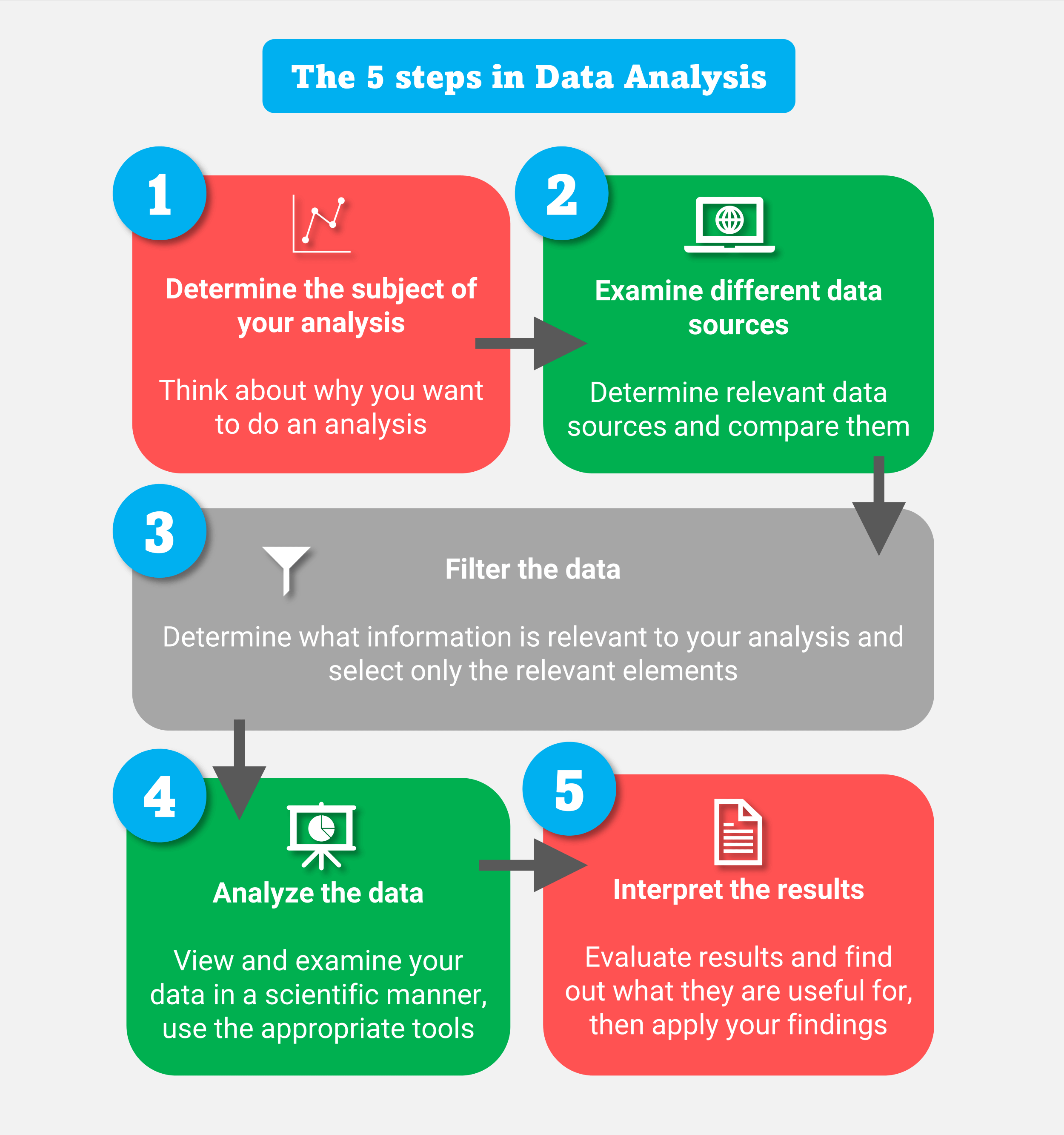The art of storytelling has been a cornerstone of human communication for centuries. From ancient myths to modern-day novels, stories have the power to captivate, inspire, and educate us. However, with the rise of data-driven decision making, the way we approach storytelling is undergoing a significant transformation. Enter 8.15.24.xlsx, a tool that enables us to refine our stories with data-driven insights.
The Importance of Data-Driven Storytelling
In today's fast-paced, data-rich world, stories that are not backed by data are no longer enough. With the abundance of information available, audiences expect more than just a compelling narrative. They demand facts, figures, and evidence to support the story being told. Data-driven storytelling is the key to unlocking this demand. By incorporating data into our stories, we can create a more engaging, informative, and credible narrative.

The Role of 8.15.24.xlsx in Data-Driven Storytelling
So, how does 8.15.24.xlsx fit into this data-driven storytelling landscape? This tool is designed to help users refine their stories by providing a structured approach to data analysis. With 8.15.24.xlsx, users can collect, organize, and analyze data to identify key trends, patterns, and insights that inform their narrative.

The Benefits of Using 8.15.24.xlsx
So, what are the benefits of using 8.15.24.xlsx in data-driven storytelling? Here are a few:
- Improved credibility: By incorporating data into your story, you can establish credibility with your audience and demonstrate a deeper understanding of the subject matter.
- Enhanced engagement: Data-driven stories are more engaging and interactive, allowing audiences to explore the data and draw their own conclusions.
- Increased accuracy: 8.15.24.xlsx helps users to identify and correct errors in their data, ensuring that their story is accurate and reliable.

How to Use 8.15.24.xlsx in Your Storytelling
So, how can you use 8.15.24.xlsx in your storytelling? Here are a few steps to get you started:
- Collect and organize your data: Use 8.15.24.xlsx to collect and organize your data into a structured format.
- Analyze your data: Use the tools and features in 8.15.24.xlsx to analyze your data and identify key trends, patterns, and insights.
- Integrate your data into your story: Use the insights and findings from your data analysis to inform and refine your narrative.

Real-World Examples of Data-Driven Storytelling
So, what do real-world examples of data-driven storytelling look like? Here are a few examples:
- Journalism: Data-driven journalism uses data to tell stories and uncover insights that would be impossible to achieve through traditional reporting methods.
- Business: Companies use data-driven storytelling to communicate complex data insights to their customers, investors, and stakeholders.
- Education: Data-driven storytelling is used in educational settings to teach students about data analysis, critical thinking, and communication.

Common Challenges in Data-Driven Storytelling
While data-driven storytelling offers many benefits, there are also several challenges to consider:
- Data quality: Poor data quality can lead to inaccurate insights and a flawed narrative.
- Data interpretation: Data can be interpreted in many different ways, and it's up to the storyteller to ensure that their interpretation is accurate and unbiased.
- Storytelling skills: Data-driven storytelling requires strong storytelling skills to communicate complex data insights in a clear and compelling way.

Best Practices for Data-Driven Storytelling
So, what are some best practices for data-driven storytelling? Here are a few:
- Keep it simple: Avoid using complex data analysis or technical jargon that may confuse your audience.
- Use visualization: Use data visualization techniques to communicate complex data insights in a clear and compelling way.
- Tell a story: Use a narrative structure to tell a story that is engaging, informative, and memorable.

Conclusion
In conclusion, data-driven storytelling is a powerful tool for communicating complex data insights in a clear and compelling way. By using 8.15.24.xlsx and following best practices for data-driven storytelling, you can refine your stories and engage your audience like never before.





What is data-driven storytelling?
+Data-driven storytelling is the process of using data to inform and refine a narrative.
How can I use 8.15.24.xlsx in my storytelling?
+You can use 8.15.24.xlsx to collect, organize, and analyze data to identify key trends, patterns, and insights that inform your narrative.
What are some best practices for data-driven storytelling?
+Some best practices for data-driven storytelling include keeping it simple, using visualization, and telling a story.
